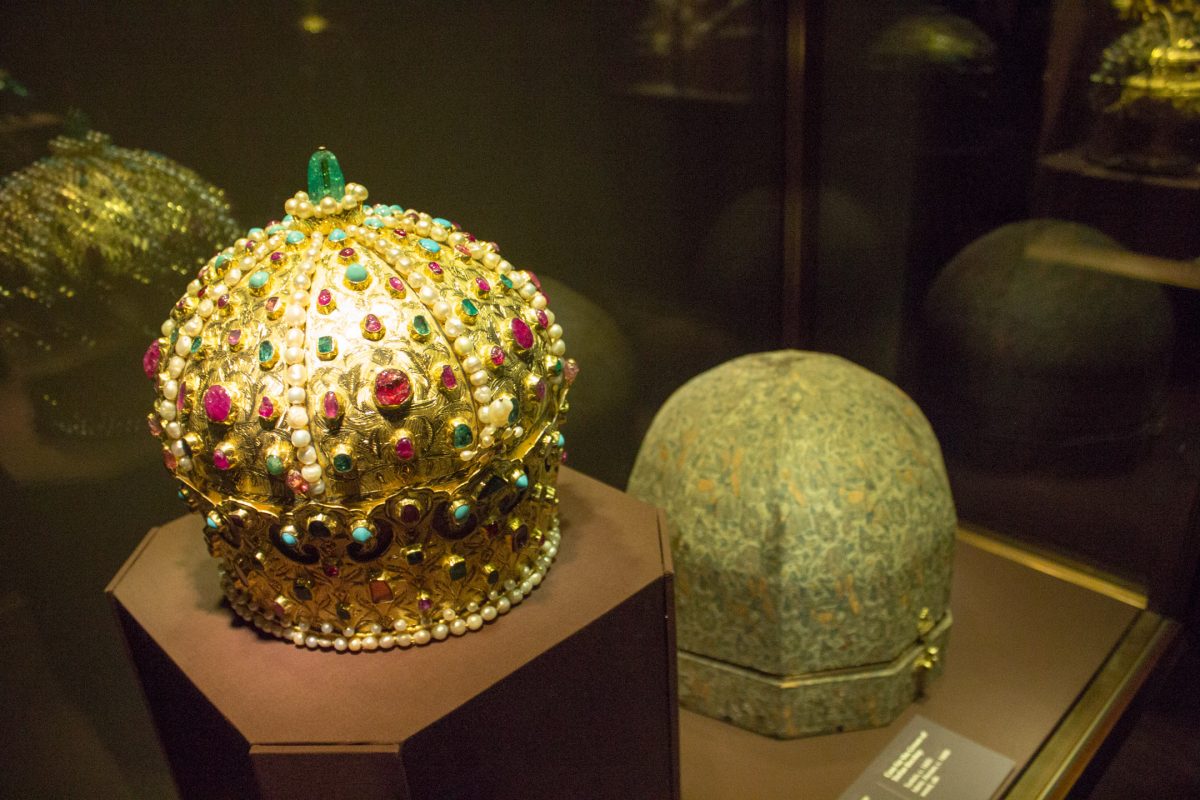I had a big burst of reading the other day and powered through most of this book in one sitting. Sometimes I just need a break from all the German, y’know?
Anyhow, the next book on my reading list was Strictly Analog.1 Reading this one was a bit interesting, because I was caught by the initial setup – the setting is just futuristic enough that I can see exactly how it’d come to be in the real world – but then sorta dropped off for a while. I think that was mostly due to the actual background of the story – it’s set in a version of California that’s controlled by a corporate government2 and, a few years back, declared independence from a crumbling United States. The main character lost an eye in the year of war that ensued, fighting as a troop for California in a bid to annex Las Vegas.3 Basically, it’s a bit more ‘post-apocalyptic’ than I tend to like. That’s kinda how it wound up being cut off my “to-read” list; I wound up putting it back on there by accident, since I picked up my Kindle for the first time in a few weeks and just started reading whatever was already open from last time. Surprise second chance for the book, which worked out pretty well. Back into the story:
The loss of his eye renders him incapable of using Iyz,4 the smartglass-type tech that’s gone as ubiquitous as smartphones are today. Thus the title: he’s “strictly analog” in his work, providing a non-traceable private investigation service for his clientele. I did enjoy the touch about why this is necessary – the CalCore network, containing a massive amount of data on every citizen, is searchable for a small fee. But, once you search for someone, the fact that you’ve done that is made public, and they’ll be notified. So if you’re, say, trying to find out if your spouse is cheating on you? You’d want to be a bit more discreet about that.
Where the story picks up, though, is when Lomax’s5 daughter shows up. Her boyfriend had been acting weird, and her mom is a rather useless character, a riff on the “Beverly Hills” type.
The next morning, things go to hell. The boyfriend was found dead, and Lomax’s daughter was arrested for doing it while he was out working a6 case. Problem: she didn’t do it.
And then things get fun – turns out she met the guy because he works with her stepdad, a higher up in CalCore’s secret police. Instead of a normal trial schedule, she’s due to be arraigned and sent to trial within five days. Someone up high wants the mess cleaned up.
From there, it’s a fun romp. I love some of the other characters who show up later, and despite the rough start I can happily say that I recommend this to anyone who likes a good murder mystery. Have a read.










